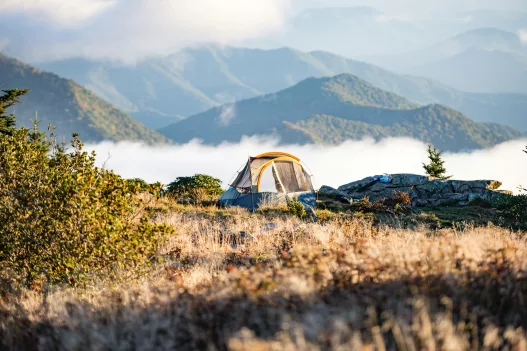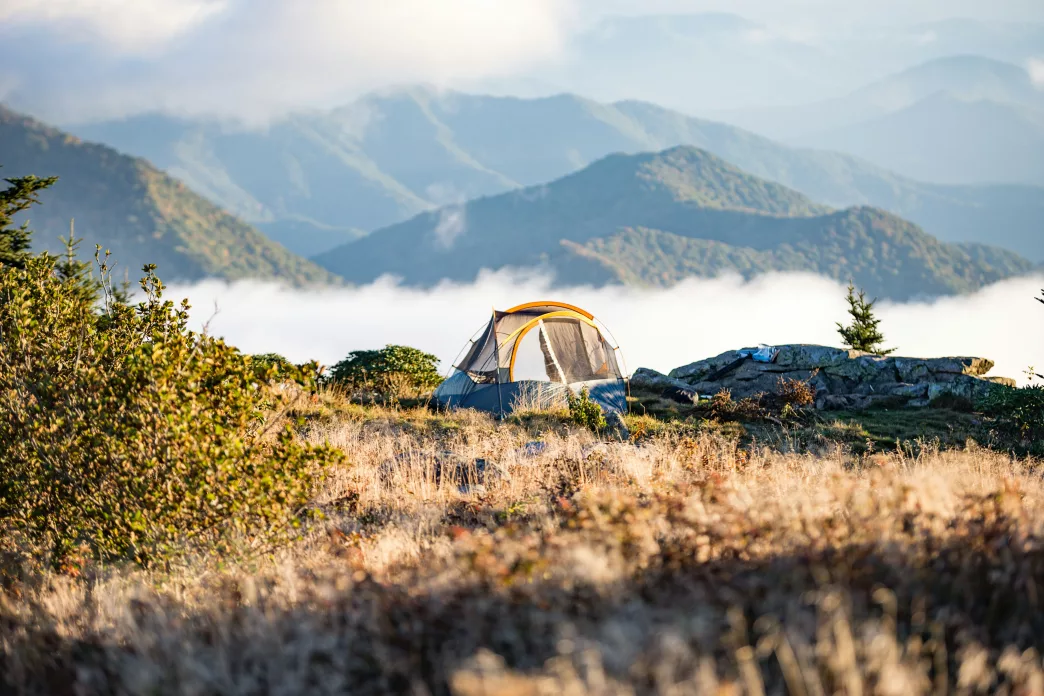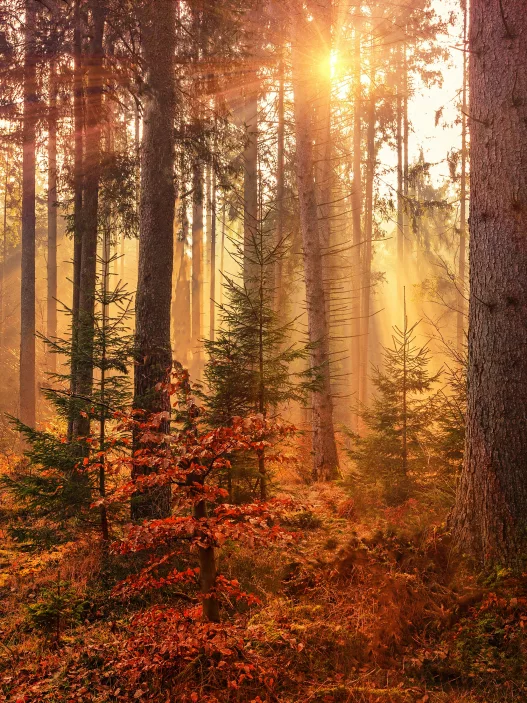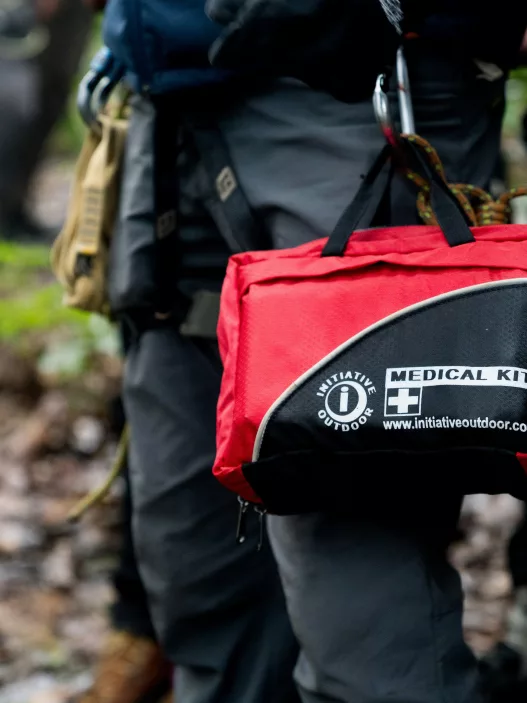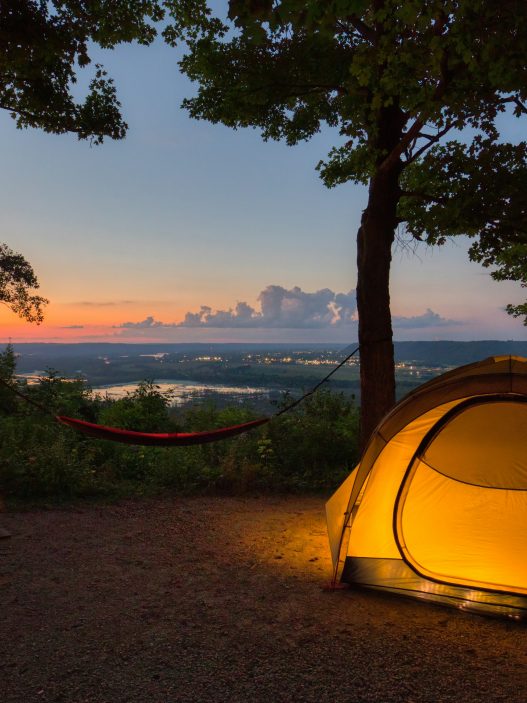Camping offers a unique way to connect with nature, and adapting to different seasons can enhance this experience. Understanding how to prepare for spring, summer, autumn, and winter camping ensures not only comfort but also safety. Each season presents its own challenges and rewards, making it essential for campers to equip themselves accordingly.
In spring, campers can enjoy blooming landscapes but must be wary of unpredictable weather. Summer promises warmth and longer days, perfect for exploration; however, heat management becomes crucial. Autumn brings stunning foliage and cooler temperatures, while winter camping offers a serene beauty that requires specific gear to stay warm and safe.
By knowing the unique features of each season, campers can maximise their enjoyment and minimise potential risks. Preparation is key, and seasonal tips can make all the difference between a memorable adventure and a daunting experience.
Essential Gear for Seasonal Camping
Different seasons require specific gear to ensure a safe and enjoyable camping experience. Understanding what to bring can make the difference between a memorable trip and a challenging one.
Spring Essentials
In spring, temperatures can be unpredictable, requiring a mix of warm and cool weather gear. A 4-season tent is advisable, as it offers better insulation against sudden weather changes.
Include a sleeping bag rated for cooler temperatures, along with a sleeping pad for added comfort. Carry waterproof shoes for muddy trails and unexpected rain showers.
A lightweight jacket is essential for layering, and a first-aid kit should not be overlooked. Items like bug spray and a sun hat are also necessary as insects become active and UV exposure increases.
Summer Necessities
Summer camping is often associated with warmth and sunshine, but preparation is key to tackling extreme heat. A tent with proper ventilation is essential to maintain airflow and reduce heat inside.
Bring a sleeping bag suited for warmer temperatures, and consider a lightweight tarp for extra shade. Hydration is crucial, so a large water container or hydration packs are recommended.
Don’t forget a portable stove for cooking and a cooler to store perishable food. A first-aid kit tailored for summer activities, including sunscreen, is vital for protection against sunburns.
Autumn Must-Haves
Autumn camping offers stunning scenery, but cooler nights demand careful packing. A 3-season tent is usually sufficient, providing stability against wind and rain.
A warm sleeping bag, ideally rated for colder temperatures, is essential for comfort during the chilly nights. Layered clothing is crucial, including a fleece jacket and thermal base layers.
Pack a portable heater or camp stove for warmth and cooking. Additionally, carrying a multi-tool can assist with various tasks, while a flashlight with extra batteries will help navigate those early sunsets.
Winter Equipment
Winter camping presents unique challenges that require specific gear. A 4-season tent is necessary for stability in harsh weather conditions. Proper insulation is key, so a winter-rated sleeping bag is essential.
Layering is crucial in cold weather: base layers, insulating mid-layers, and a waterproof outer layer should be included. Snowshoes or skis may be needed for traversing snowy terrains.
A portable stove is imperative for melting snow and cooking meals. Don’t forget avalanche safety gear if camping in mountainous areas, and ensure that a comprehensive first-aid kit is packed for emergencies.
Camping Strategies by Season
Each season presents unique conditions and challenges for camping enthusiasts. Understanding the strategies specific to spring, summer, autumn, and winter can enhance the camping experience.
Thriving in Spring’s Unpredictability
Spring weather can be changeable, with sudden rain showers and fluctuating temperatures. Campers should pack waterproof gear, including tarps and rain jackets, to stay dry. It’s also wise to bring layered clothing, which allows for adaptability to varying temperatures.
Selecting a campsite with good drainage can help avoid muddy conditions. Familiarity with local flora is essential, as spring sees the emergence of wildflowers and potentially hazardous plants like poison ivy. Campers should carry a reliable first-aid kit to address any minor injuries or allergic reactions that may occur during this season.
Maximising Summer Adventures
Summer is peak camping season, offering long days and abundant sunlight. Staying hydrated is crucial; campers should carry at least 2-3 litres of water per person daily. Portable water filters or purification tablets may also be beneficial.
Sun protection is a priority. Campers should use sunscreen, wear hats, and seek shade during peak sun hours. To prevent heat-related issues, lightweight tents that provide ventilation are advisable. Also, cooking gear should include lightweight options, as cooking outdoors can be hot; meals such as salads or cold dishes will help beat the heat while enjoying nature.
Enjoying Autumn’s Tranquillity
Autumn offers stunning foliage and cooler temperatures, making it an ideal time for camping. Campers should prepare for cooler nights by bringing warm sleeping bags and extra blankets. Layered clothing remains important, as temperatures can fluctuate significantly during the day.
Migratory wildlife can be active in autumn, providing excellent opportunities for birdwatching. Campers should carry binoculars and a camera. As it gets darker earlier, headlamps or lanterns are essential for evening activities. Collecting firewood can enhance the camping experience, and having a campfire is excellent for warmth and atmosphere.
Winter Camping Considerations
Winter camping demands careful preparation due to cold temperatures and potential snowfall. Campers must invest in four-season tents designed to withstand snow loads and high winds. Insulated sleeping bags and sleeping pads are vital to maintain warmth.
Fire safety is paramount; campers should learn how to build a fire in snow and use proper techniques to avoid accidents. Winter also necessitates proper clothing, such as moisture-wicking base layers and insulated outer layers. Snowshoes or crampons may be essential for navigating icy terrains. Adequate planning and awareness of weather conditions will significantly enhance the winter camping experience.


